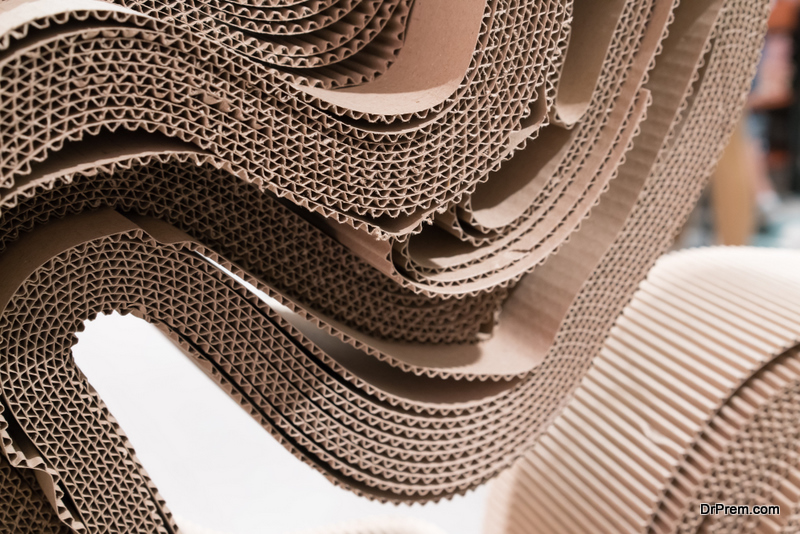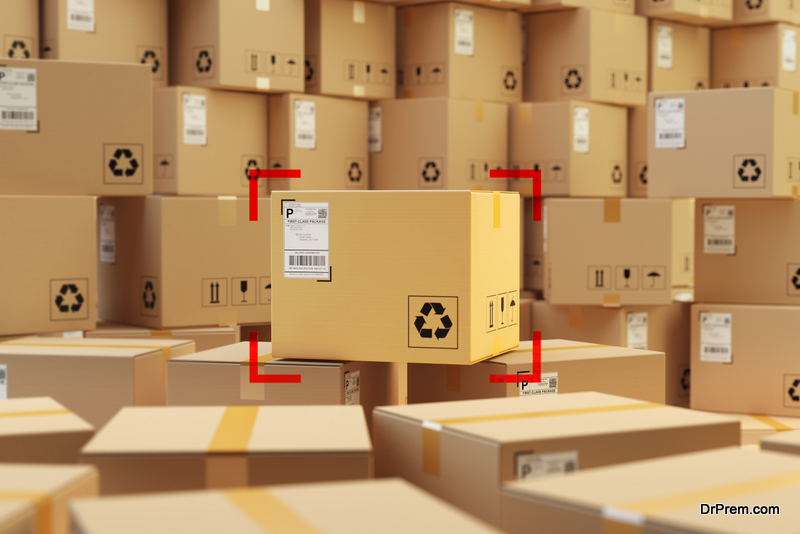Great packaging plays a significant role in elevating your brand by building brand recognition. It’s all about marketing your products to the consumers with the correct text, design, shape, and colors.
These elements satisfy consumer expectations, convey information on your brand, and increase consumer expectations. Once you understand that your packaging is an ad for your product, it leaves you with little to no room for mistakes. Also, you must consider the packaging material that comes with your product.
Read below for a brief guide to choosing the right packaging material that may make an impact on your business.
1. Safety

The type of products you produce influences the kind of packaging to select. For instance, if you are dealing with food products, you must meet all Food and Drug Administration (FDA) safety requirements.
These requirements should contain information about the food products, implied marketing, and protect food from toxic changes and other materials. However, other Consumer Packaged Goods (CPG)don’t have to adhere to strict regulations but you should ensure the package’s safety, allure, and functionality.
As a result, a manufacturer may use shrink wrapping and vacuum packaging for non-food items such as water bottles and perishable food items like meats and vegetables. These types of packaging could preserve the product.
2. Your Budget
Determining the extent of your budget is also crucial before deciding on the design. When settling on the amount you wish to spend, consider all aspects of the packaging, including creative work.
The type of materials used to create your design should be enticing but still budget-friendly. For instance, settling for glass and natural fibers that are heavy and breakable will cost more to manufacture and transport.
However,it gives you a great visual representation that is appealing to your clients. With many budget-friendly options available, you can choose food-grade cardboard and plastic, which are recyclable and come in different designs.
As for CPG products, the cost of packaging materials will influence profit margins and how well the packaging holds up during storage and transportation. Additionally, the sizes of different products also affect the cost of packaging.
If your products are standard-sized instead of bespoke, they will offer flexibility during storage and transportation while still cost-effective.
3. Sustainability

The shift to the need for sustainability has risen in the past years, with consumers opting for products with less waste and eco-friendly packaging.
CPG brands can incorporate sustainable materials such as corrugated cardboard into their packaging. This type of packaging is amongst the most sustainable options engineered to provide strength and perform well. Products such as toothpaste, snack bars, adult nutrition, and laundry detergent have experienced massive growth in the retail industry.
With customers stocking up on these items in bulk to avoid running out, they tend to enjoy the feeling of getting products delivered on time that meets their expectations. It’s also a plus if the packaging was able to retain the product’s form and condition. Also, packages should be size appropriate, innovative, and practical to ensure customer satisfaction.
Although it’s biodegradable and can easily be recycled, corrugated boards may not be used for food preservation and wet or oily products. Additionally, avoid going for misguided packaging materials that may lack functionality and safety. Such packaging will exhibit your products as lower quality due to their ill-conceived branding.
4. Distribution, Transportation, and Storage
Before committing to certain packaging materials, consider factors such as the distance it takes for the shipment to arrive, the type of transportation, and the storage conditions.
Consider the products’ lifecycle from the production phase to storage units, distribution process, retail shelf, and the consumer home.
If your products are easily breakable, you can use bubble cushion wrap that protects your products from damage. Additionally, you can opt for packing foam that comes in different forms and protects all products.
However, if your product doesn’t fit your packaging and leaves space, you can use styrofoam packing peanuts or styrofoam blocks that stop products from shifting while on transit.
Bottom Line
The suitable packaging goes hand in hand with your branding. Great packaging will boost your brand through brand recognition and marketing.
But before settling on the proper packaging, you need to consider the safety of your product to your consumers, create a budget based on the materials you need, and convey vital information regarding your brand values.
Additionally, use sustainable materials, and consider the distribution, transportation, and storage process. Using this brief guide, you can now choose the suitable packaging materials that suit your product brand.
Article Submitted By Community Writer




